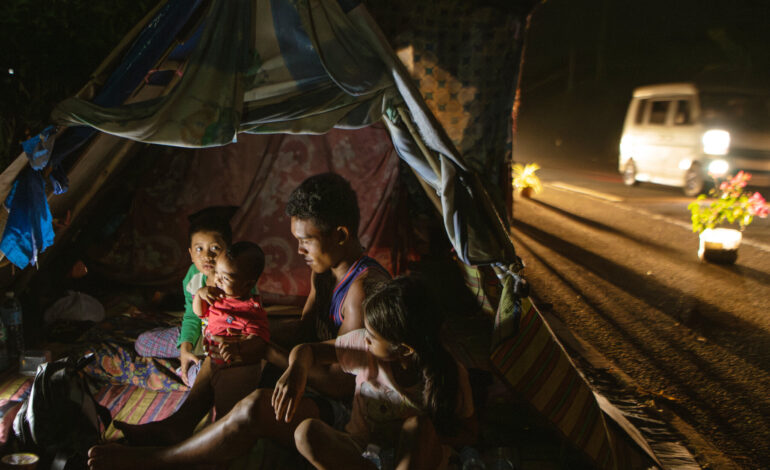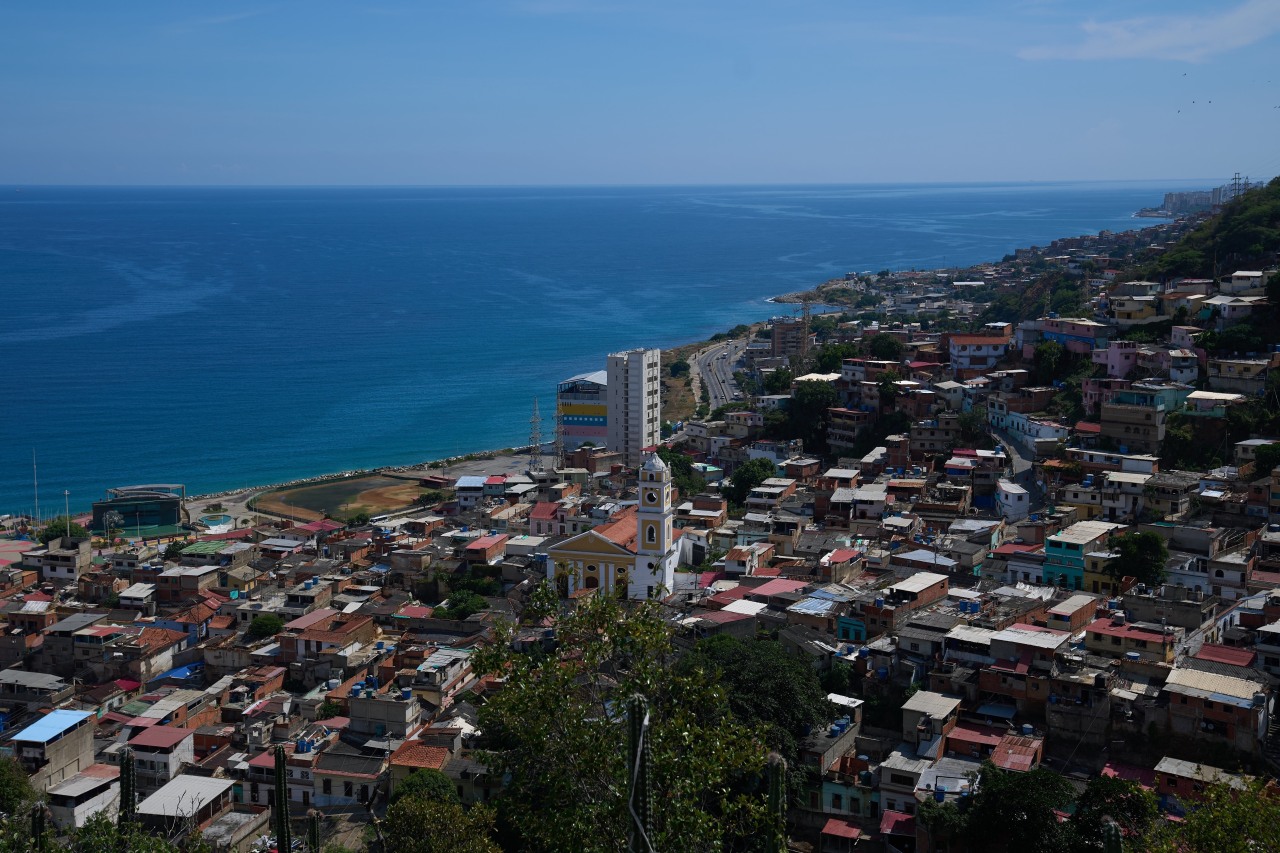Cebu Earthquake Exposes Vulnerabilities in Disaster-Resistant Homes

The recent earthquake that struck Cebu, Philippines, on October 15, 2023, has raised serious concerns about the effectiveness of homes marketed as disaster-resistant. Many residents believed their houses would offer protection against seismic activity, yet the quake revealed significant vulnerabilities in these structures.
Reports from the National Disaster Risk Reduction and Management Council (NDRRMC) indicate that the earthquake registered a magnitude of 6.5, causing extensive damage to properties and displacing numerous families. The tremors rattled the region, leading to the collapse of several buildings that were touted for their resilience against natural disasters.
Local residents expressed shock as they witnessed their homes, which they thought were built to withstand such events, crumble around them. “We invested in these houses thinking they were safe,” said a resident of Cebu City. “Now, we feel betrayed and are left without shelter.”
Investigating Structural Integrity
In the aftermath of the quake, the Philippine Institute of Volcanology and Seismology (PHIVOLCS) initiated an assessment of the affected areas. Preliminary findings suggest that many buildings did not adhere to existing safety standards. Experts highlighted that while some structures were designed to endure earthquakes, inadequate enforcement of building codes may have compromised their integrity.
The local government units (LGUs) are now under pressure to conduct thorough inspections of all disaster-resilient homes in Cebu. Many of these homes were constructed in the wake of previous natural disasters, with promises of enhanced safety features. However, the recent quake has led to scrutiny regarding the materials used and the construction practices employed.
One structural engineer noted, “It’s crucial that we re-evaluate our building practices and ensure compliance with safety regulations. This earthquake has served as a wake-up call.”
Community Impact and Response
The impact of the earthquake extends beyond structural damage. Many families are now facing displacement, with local shelters quickly filling to capacity. The NDRRMC reported that approximately 1,500 individuals have sought refuge in temporary housing since the quake. Aid organizations are mobilizing to provide food, water, and medical assistance to those affected.
In response to the disaster, community leaders are advocating for immediate action to improve building standards and ensure that future developments prioritize safety. “We cannot afford to repeat the mistakes of the past,” stated a local council member. “Our community’s safety depends on it.”
As recovery efforts continue, the lessons learned from this earthquake will likely influence future policies regarding construction and disaster preparedness in the Philippines. The government faces the challenge of restoring trust among residents who believed they had secured safe homes, and it must take meaningful steps to ensure that all buildings can withstand the forces of nature.






